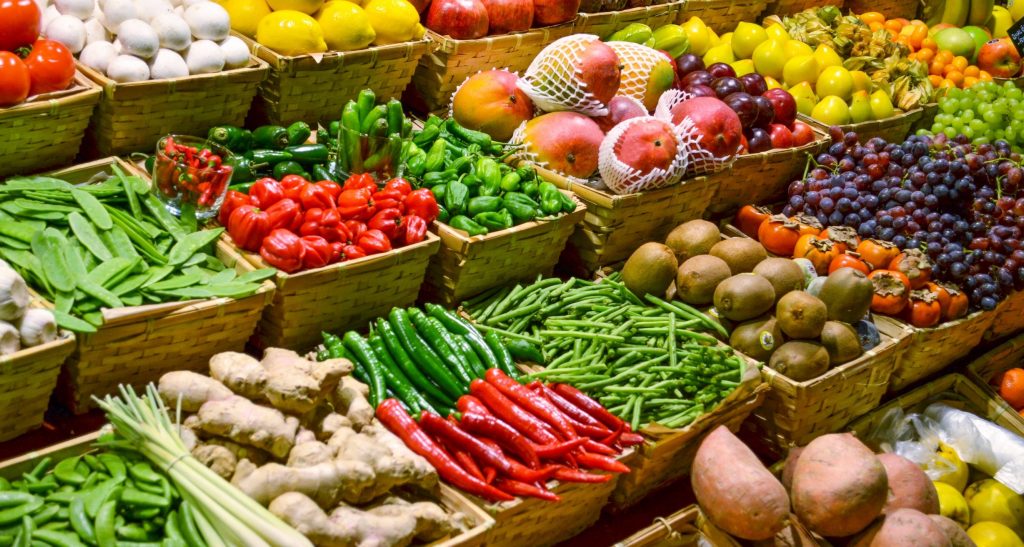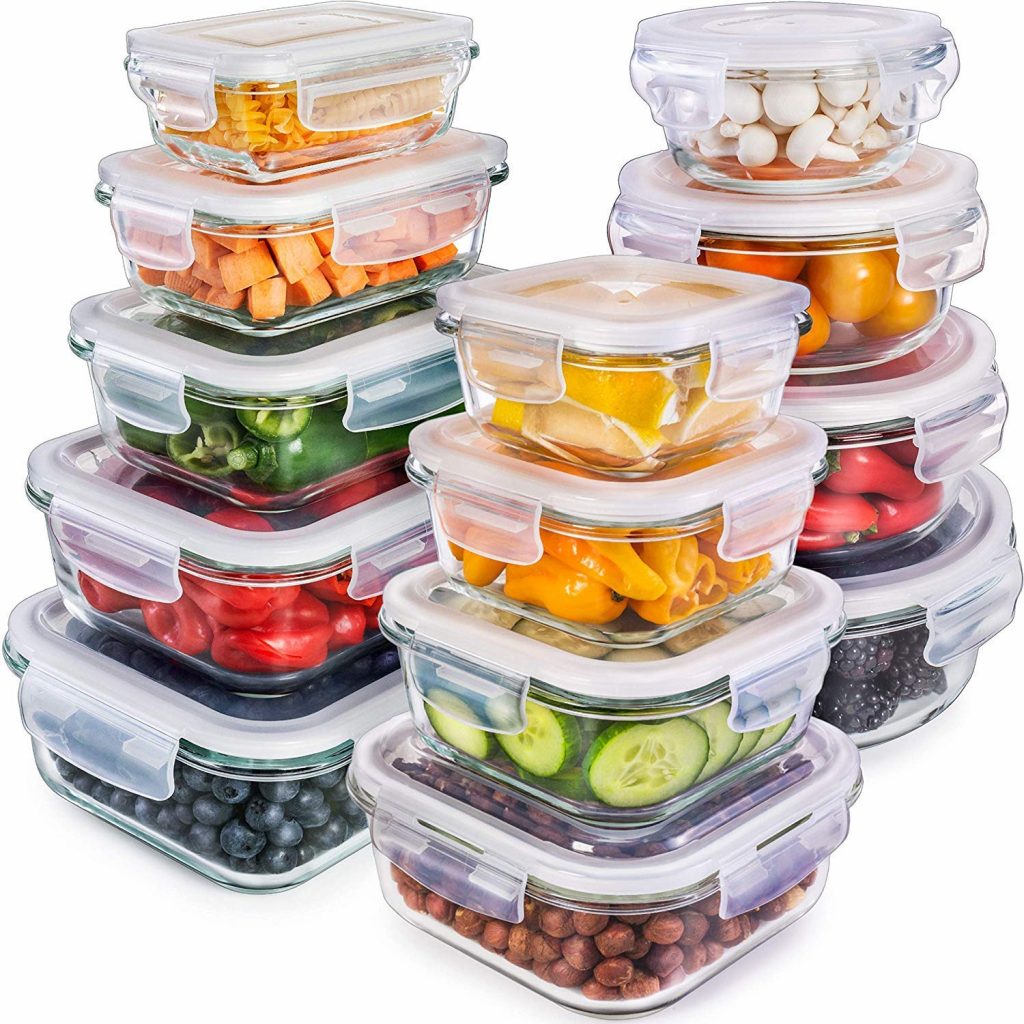As a wife and mother, we are required to be smart in managing household needs. No exception in terms of processing and storing food ingredients. By being able to store groceries, it means that we have food supplies at a certain time, don’t waste home meal prep scraps and of course, can help save expenses.
Indeed, there are no standard rules on how to store food properly and correctly, the average person does it by combining knowledge and everyday experience. However, there are some tips for storing groceries that you deserve to apply at home. Tips for storing these foodstuffs we categorize based on where they are stored.
Storing Groceries on the Kitchen Counter

Or the term countertop . Here are examples of foodstuffs that you should keep here.
Bread
When buying bread, it should be used immediately. At room temperature, bread without preservatives can last for about two to three days. To make it more durable and not easy to dry, place the bread in a bread box , you can also wrap the bread tightly in aluminum foil or use an impermeable plastic. If the bread is more than two days old, it is recommended to store it in the freezer and wrapped in foil. Previously, the bread was cut into pieces as needed, so that it could be taken to taste. Because, if you freeze and thaw back and forth, the taste and texture of the bread will be damaged. To defrost, you can put it in the oven.
Butter or butter
Store the butter at room temperature, so it doesn’t harden and is easy to use.
Onion
Including onions, shallots and garlic, because onions should be stored in a cool and dry place. If stored properly, onions can last up to two weeks. Do not store onions in the refrigerator, as this will change color and spoil the taste, and do not store onions near potatoes, as the gas emitted by potatoes can cause them to rot quickly.
Tomatoes
Storing tomatoes is tricky , if stored in the refrigerator, it can change the texture and aroma, while stored on the kitchen table, can make tomatoes ripen and rot quickly. So, it’s best to buy tomatoes for one or two uses, right ?
Don’t store potatoes in the refrigerator, as this will shrivel up the potatoes and change their taste. It’s best to store the potatoes in a paper bag or wrap them in kitchen paper. You can place the potatoes near the apples, to prevent them from sprouting quickly.
Pineapple
Usually the pineapple is placed on the kitchen table, so that the pineapple can ripen properly. The cold temperature of the refrigerator, of course, will prevent the pineapple from ripening. But if it has been cut, then it must be put in the refrigerator.
Avocado
Just like pineapples, refrigerator temperatures can interfere with the avocado ripening process. Avocado that has been split, should also be stored in the refrigerator. But, don’t throw away the seeds, yes , because the seeds keep the avocado flesh from browning quickly.
Banana
To prevent bananas from ripening too quickly, cover the base with plastic. If the bananas are ripe and not finished, put them in the refrigerator, even though the skin color has changed, but the contents inside will still be fresh. Keep bananas away from other fruit when stored, because the gas produced by bananas can make other fruit spoil quickly.
Citrus and melon
Including lemons, should be stored at room temperature. Unless it has been cut, it must be refrigerated.

